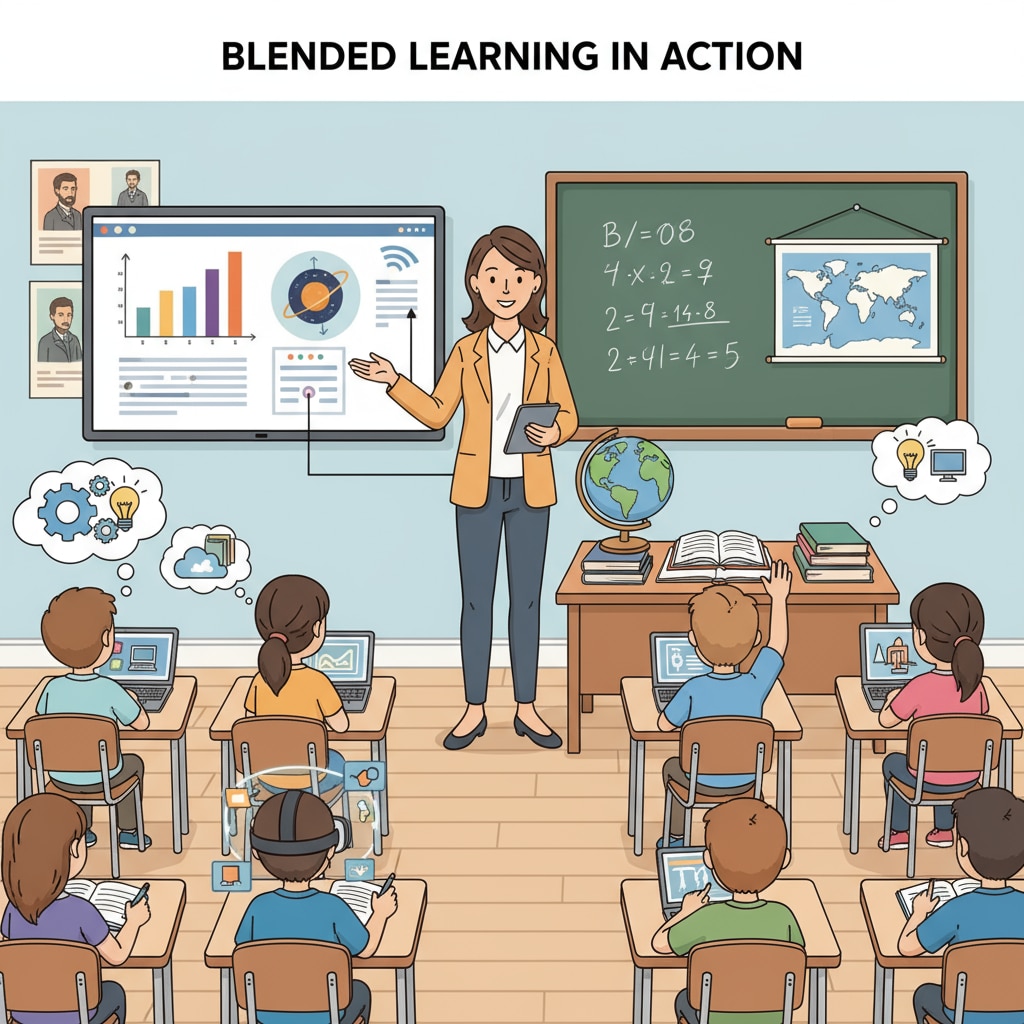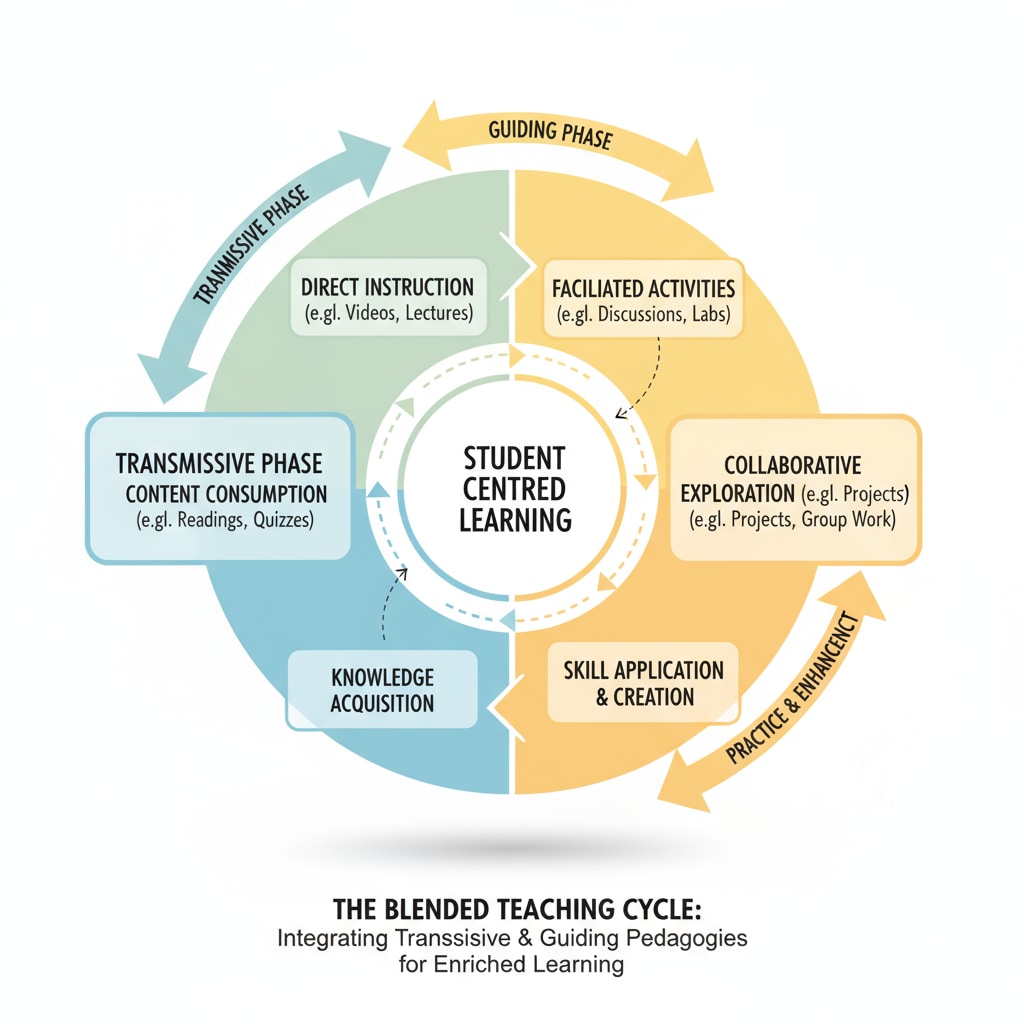The Blended Teaching Cycle Theory, which integrates transmissive and guiding teaching methods in educational theory, has emerged as a significant concept in modern education. This theory aims to reshape the teaching paradigm in K12 classrooms, offering a balanced approach that caters to both collective learning and individualized development.

The Definition of Blended Teaching Cycle Theory
The Blended Teaching Cycle Theory is a model that combines the best of transmissive and guiding teaching approaches. Transmissive teaching, also known as direct instruction, involves the teacher transmitting knowledge and skills directly to students. On the other hand, guiding teaching emphasizes student-centered learning, where the teacher acts as a facilitator, guiding students to discover knowledge on their own. This cycle theory creates a continuous loop of instruction, feedback, and adjustment. For example, in a math class, the teacher might start with a transmissive session, explaining new concepts and demonstrating problem-solving techniques. Then, students engage in independent or group work, with the teacher providing guiding support. This back-and-forth process forms the essence of the Blended Teaching Cycle Theory. Blended Learning on Wikipedia

Theoretical Foundations of the Blended Teaching Cycle Theory
There are several theoretical underpinnings for this theory. One is constructivism, which posits that learners construct knowledge through their own experiences and interactions. In the Blended Teaching Cycle, the guiding teaching part aligns with constructivism as students actively explore and build their understanding. Another foundation is behaviorism. The transmissive teaching aspect can be seen as applying behaviorist principles, such as providing clear instructions and rewards for desired behaviors. Additionally, cognitive theories play a role, emphasizing the importance of mental processes in learning. By combining these theories, the Blended Teaching Cycle Theory creates a comprehensive framework for effective teaching. Educational Psychology on Britannica
The Blended Teaching Cycle Theory offers numerous benefits in the context of K12 education. It allows for a more structured learning environment through transmissive teaching, ensuring that students acquire fundamental knowledge and skills. At the same time, the guiding teaching part promotes student engagement, critical thinking, and problem-solving abilities. This balance between structured learning and individualized exploration is crucial for the holistic development of K12 students. In conclusion, the Blended Teaching Cycle Theory, with its unique combination of transmissive and guiding teaching, is a valuable addition to the educational theory landscape, providing new directions for K12 classroom teaching.
Readability guidance: Short paragraphs and lists are used to summarize key points. Each H2 section aims to provide a list. The proportion of passive voice and long sentences is controlled. Transition words like “however”, “therefore”, “in addition”, “for example”, and “as a result” are scattered throughout the text.


